The Classification of Invertebrates
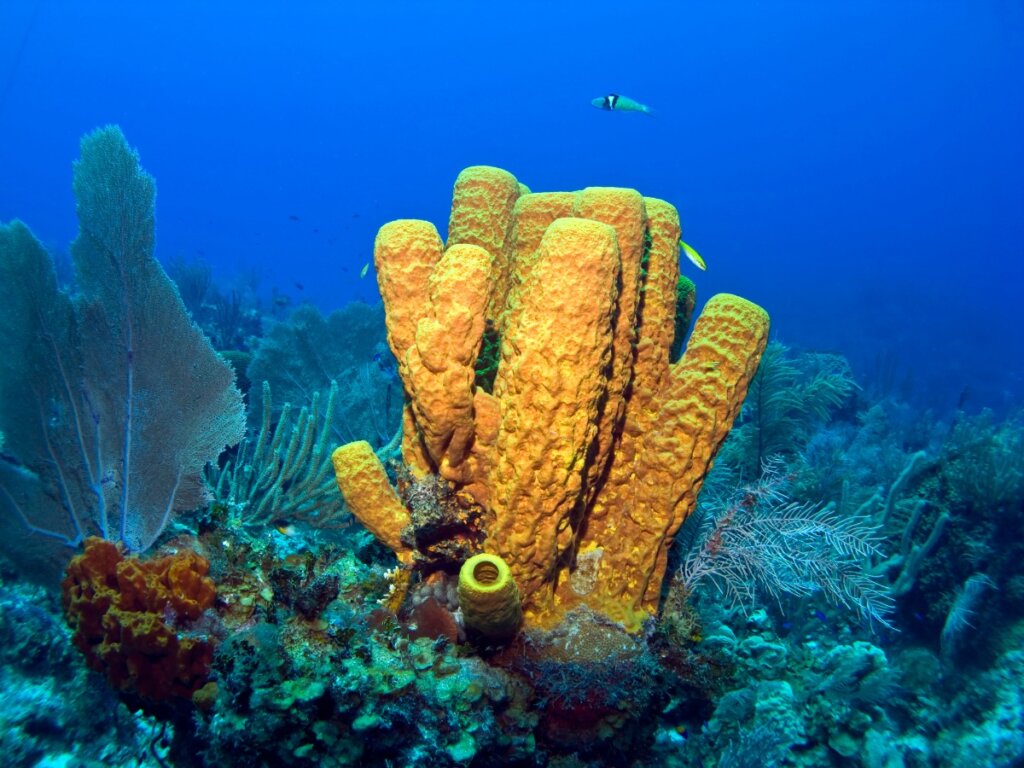
Invertebrate animals make up a large group with a diverse classification, as they include both marine and terrestrial organisms. Although it may seem otherwise, vertebrae turn out to be an unnecessary feature for some species, which is why they have diversified and conquered much of the world. Read on to learn about the classification of invertebrates.
There are an incredible number of invertebrates that exist today. In addition, as with other groups, the sea contains the greatest number of this type of animal. Although they look alike, they’re not all similar, and are subdivided into several types.
How did invertebrates arise?
Many scientists believe that life had its origins within the deep bodies of water in the sea. Although in the beginning small and individual cells appeared, with time they joined together to form more complex living beings. This led to the appearance of organisms similar to jellyfish or sponges, which were the first invertebrates on earth.
This process took place, according to many scientists, approximately 3.7 billion years ago. Thanks to the great diversity of habitats in the sea, species began to diversify, resulting in the current abundance of invertebrates.
The classification of invertebrates
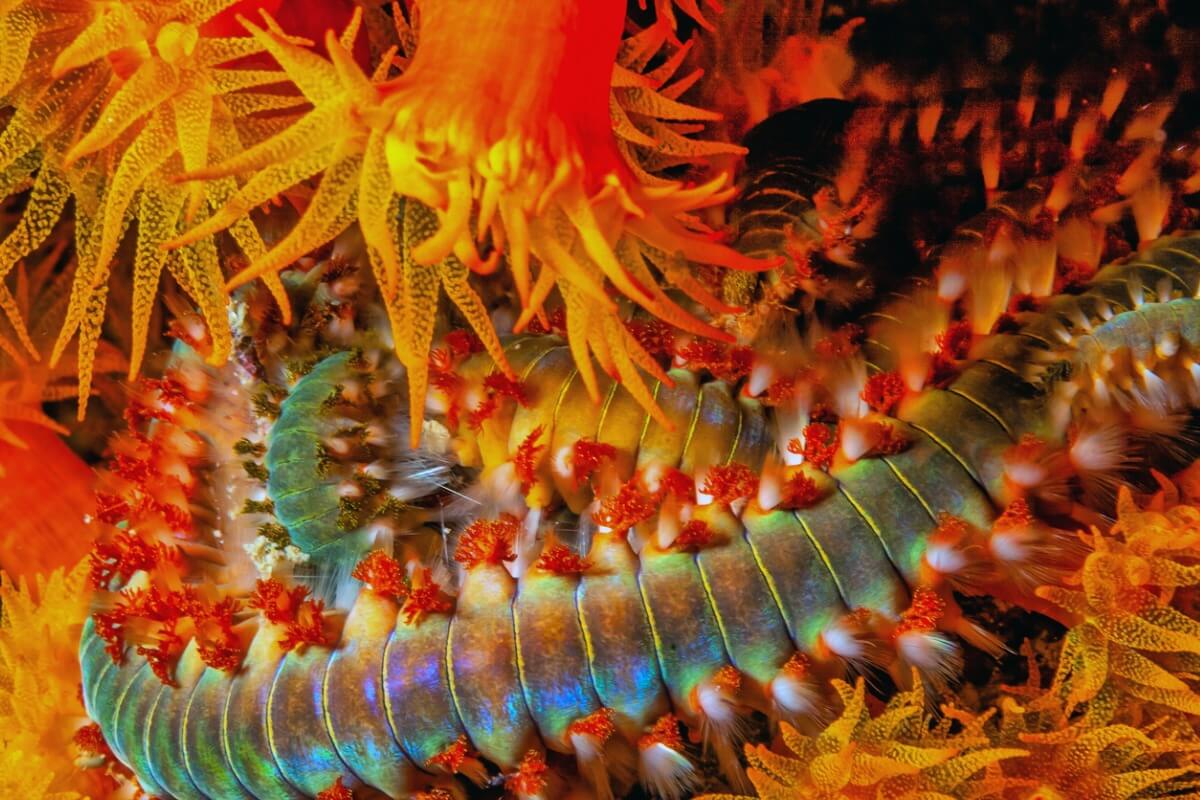
An invertebrate is defined as an organism that doesn’t have a backbone. As you may realize, this concept is too ambiguous, because, far from being a way to classify species, it seems more like a physical characteristic.
The problem with this concept is the number of groups it encompasses, as it isn’t very specific and can group arthropod species with eumetazoans. This situation doesn’t serve very well in taxonomy, and, because of this, the term invertebrates is used as a characteristic. Something similar happens with the concepts of eukaryotes and prokaryotes, which are usually used as another feature of the organism.
In spite of this, as the definition of invertebrates is quite clear, its main feature can be used for the classification of species. Thus, we have a diverse group composed of both terrestrial and aquatic living beings. Among the best known are the following groups:
- Mollusks
- Flatworms
- Echinoderms
- Porifera
- Arthropods
- Crustaceans
- Annelids
- Nematodes
- Cnidarians
Mollusks
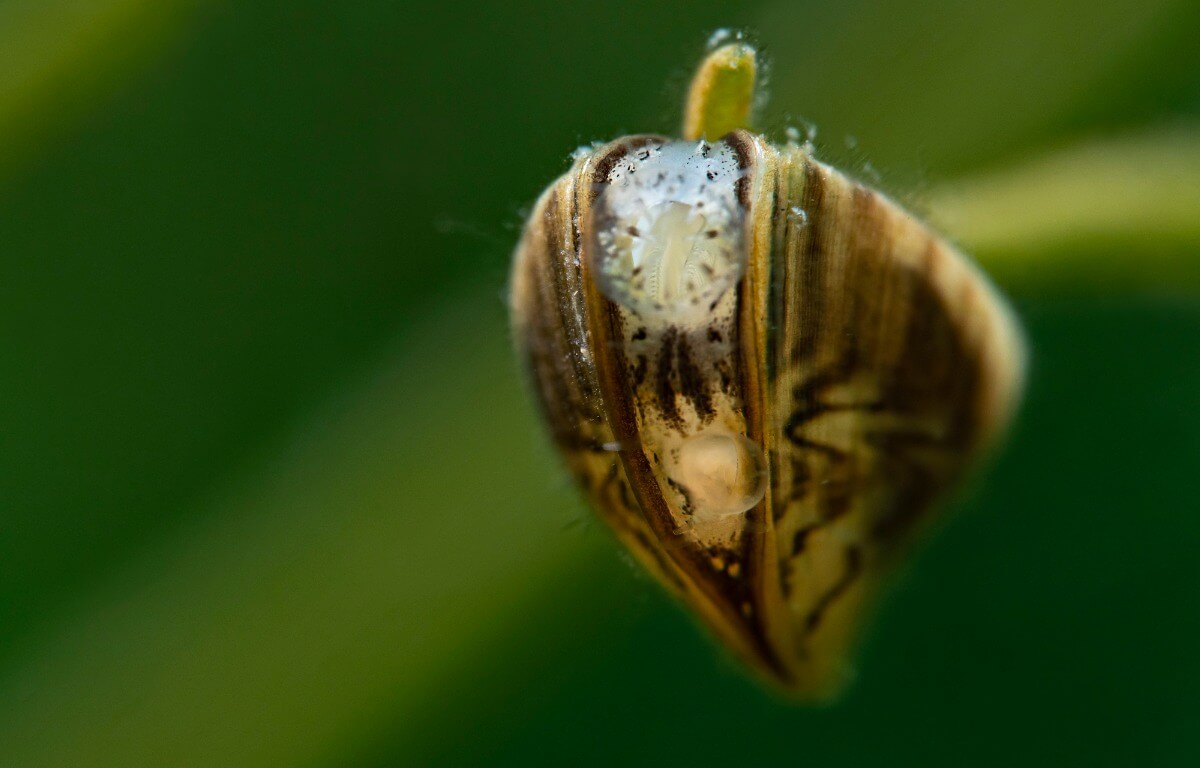
Mollusks are perhaps the best-known invertebrates containing snails, clams, octopuses, squid, and slugs. Among the best-known characteristics is the peculiar shell, which is visible in most specimens. In general, it’s estimated that the number of species in this group is close to 110,000, which are divided into several subgroups.
- Solenogastra: Worm-shaped mollusks that don’t have an apparent shell. The appearance of these specimens is usually a little wider than long, as their sizes do not usually exceed 30 millimeters (just over an inch) in length. They can be found feeding on top of some cnidarians or near the seabed. They used to be grouped together with caudofoveata within the aplacophores.
- Polyplacophores: As the name implies, the body of these individuals is made up of several plates that allow them to have certain movements. The most representative species are the chitons, which are also known as sea cockroaches, due to their enormous resemblance to these insects.
- Gastropods: This is the largest existing group of mollusks, as their diversity includes freshwater and saltwater bodies, as well as terrestrial habitats. The most distinctive feature is their twisted shells with diverse patterns and colors. Examples include snails, slugs, limpets, and sea hares.
- Cephalopods: These mollusks are better known as octopuses, squids, nautiluses, and cuttlefish. They get their name from the typical cephalic region (head) that is distinguishable to the naked eye, in addition to the numerous tentacles (feet) they project.
- Caudofoveates: These are worm-like specimens that live in tunnels in the seabed. The head of these organisms is underdeveloped, but they have a mouth structure known as a radula, which is also found in snails. They used to be part of the aplacophorans.
- Monoplacophores: This group is made up of species that live at great depths (abyssal). The appearance of these organisms is made up of a single shell, which houses all the organs and food structures in the hollow part, a mechanism similar to that of gastropods.
- Scaphopods: These are known as tusk shells or elephant tusks because of their characteristic tubular shell. In general, the tube that forms their shell has an opening on both sides, so the specimen is sheltered in the middle part of this structure.
- Bivalves: These are perhaps the most popular group of mollusks, since several species are part of typical dishes near the coasts. The external appearance is made up of two shells joined together by a kind of hinge, so that all the organs of the individual are inside. Some known specimens are clams, oysters, and mussels.
Flatworms
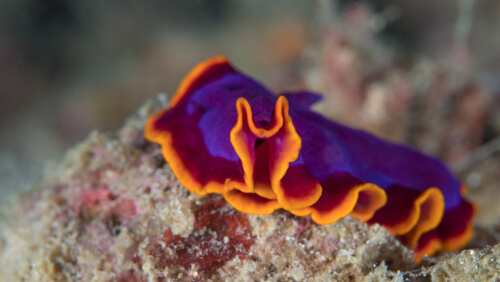
In our classification of invertebrates, this type of invertebrate is characterized by a flattened body, which has led them to be known as flatworms. Most of the specimens that make up this group are usually parasitic, so their size can vary from a few microns to several feet. Due to the great diversification of the group, there’s currently a subdivision that classifies them by their common characteristics.
- Monogeneans: This group consists of ectoparasitic organisms, which are anchored in the scales and skin of some fish. A common disease caused by a representative of the momogeneans is gyrodactylosis, which affects the skin of fish, causing scaling and itching.
- Trematodes: These are better known as flukes, which are parasitic specimens of different vertebrates and invertebrates. Trematodes are only an inch or so in size, but their adhesive organs allow them to “stick” to their hosts to feed. For humans, a trematode of medical importance is Fasciola hepatica, which is responsible for causing fascioliasis.
- Cestodes: This group consists mostly of internal parasites of various vertebrates. Among the most common representatives are the tapeworms (taenia), which have the ability to anchor themselves to the digestive tract. To achieve this, they make use of their scolex, which is a kind of ring with hooks and suction cups.
- Turbellarians: Better known as planarians, they’re specimens that live in humid or aquatic environments, where they feed on decomposing organic matter. The appearance of these organisms is similar to that of an elongated jelly, which moves almost like any slug or snail.
Echinoderms
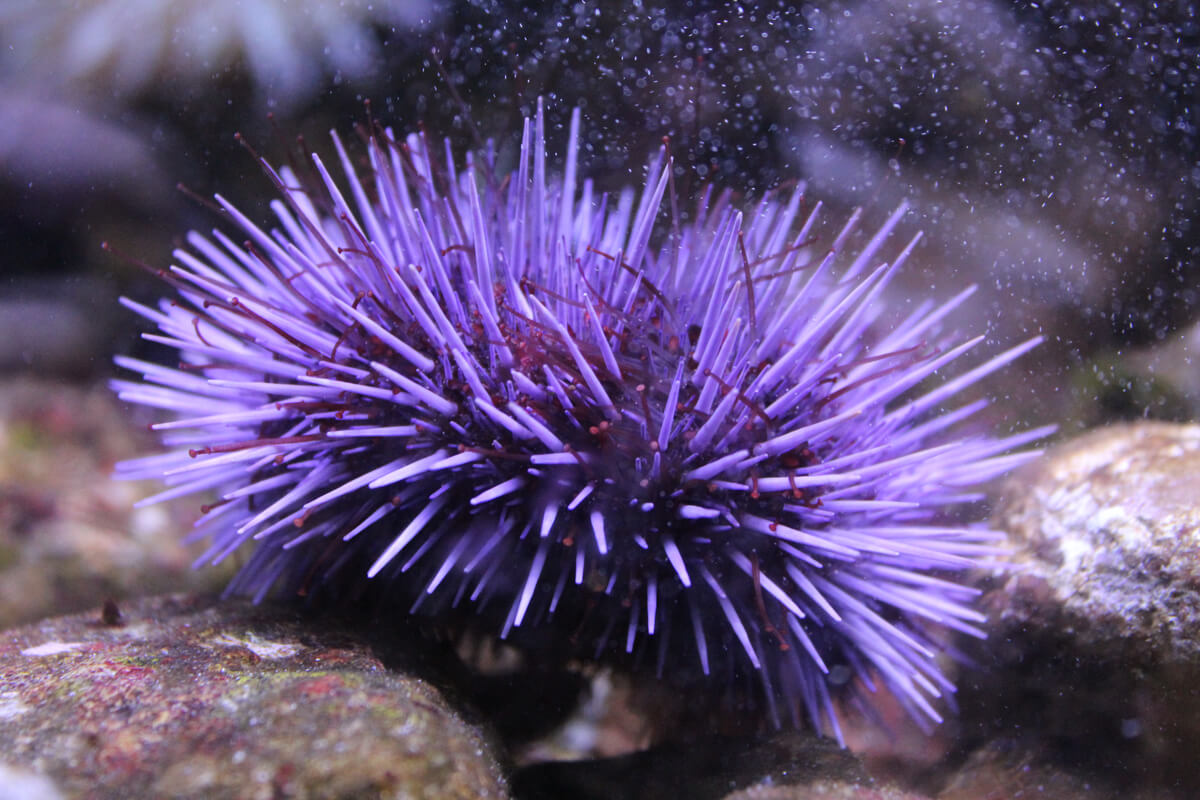
Echinoderms are distinguished from other invertebrates thanks to their calcareous skeleton, as this allows them to maintain a strong structure while moving. Among their most remarkable characteristics is their fabulous vascular system, which uses a series of ducts to circulate their nutrients with the water. As with the other groups, echinoderms have several subclassifications.
- Pelmatozoa: These are immobile specimens that look like plants on the substrate, colloquially known as sea lilies.
- Concentricicloideans: Better known as sea daisies. The shape of these organisms is circular, which gives them a shell-like appearance.
- Ophiuroids: The appearance of these organisms is very similar to that of starfish, only more slender and with elongated tips.
- Holothuroids: These are often referred to as sea cucumbers because of their characteristic tubular shape. Although they don’t seem to have anything in common with other echinoderms, their internal characteristics and tentacles are the reason why they’re grouped with them.
- Asteroids: This group includes the famous starfish that have 5 or more arms. Their bodies are usually quite hard and they only move by means of their ambulacral feet.
- Echinoids: These are also very well recognized specimens. These organisms are characterized by a globular shape with beaks, and, for this reason, they’re called sea urchins.
Porifera
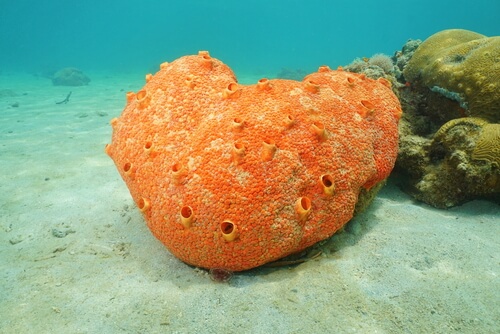
As we continue our classification of invertebrates, we bring you Porifera, better known as sea sponges, which are specimens that are found attached to the seafloor. In fact, most of these animals have tubular forms that elongate as they grow. They also feed by filtration, so the inside of their body creates channels for water to pass through and nourish themselves. The types of porifera that exist are the following.
- Hexactinellids: They’re better known as glassy sponges because of their glass-like appearance. Their body composition is based on siliceous spicules that are responsible for their fragile appearance.
- Demosponges: Most marine sponges belong to this group. In general, their body is composed of spongin, which is a protein that gives them enormous flexibility.
- Calcareous: The specimens of this group are the only ones that present spicules of crystallized calcium carbonate, so their bodies are harder and rougher.
Arthropods
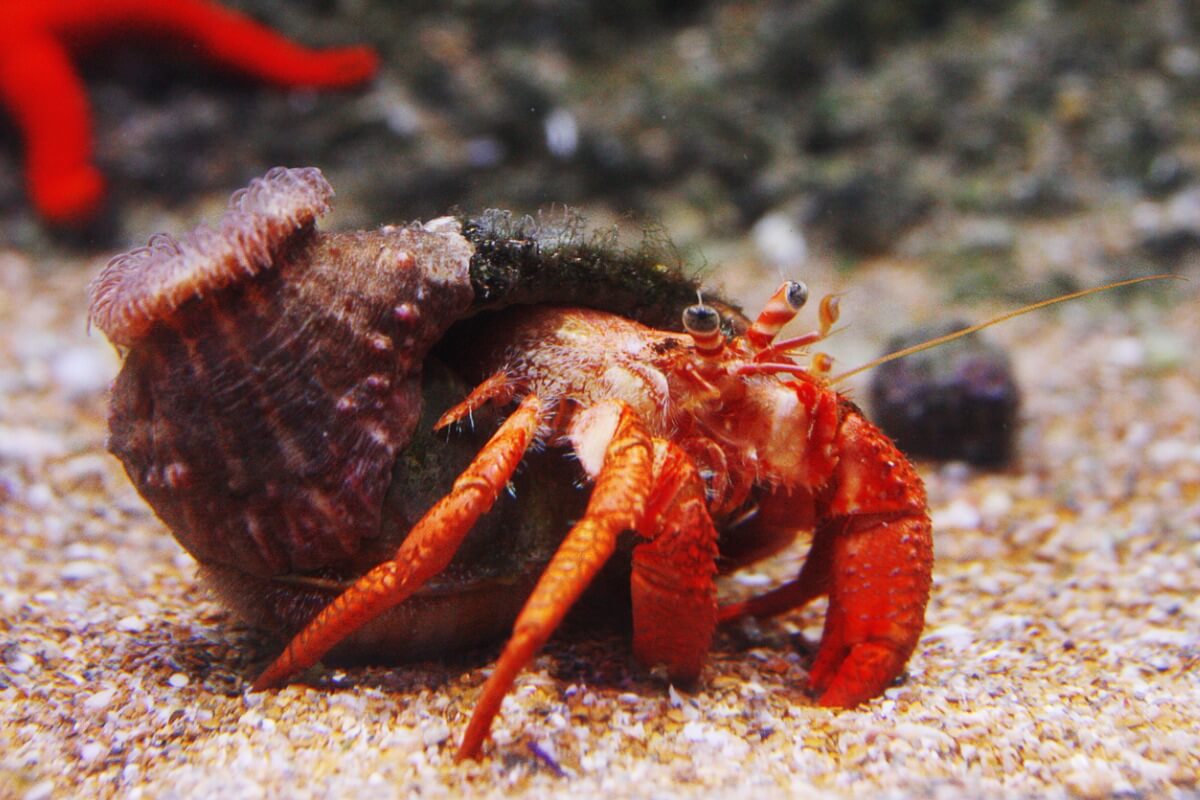
Arthropods have a chitin exoskeleton that allows them to move and protect themselves from the environment. This gives them a great capacity for resistance to diverse environments, which is why they have conquered aquatic and terrestrial environments. In fact, this group is considered the most diverse among animals, as almost 76% of known species belong to arthropods.
The particular feature of these organisms is the presence of articulated appendages, which move in a crane-like manner. Within this classification of invertebrates, we can find the following 4 groups.
- Crustaceans: These organisms are characterized by being mostly aquatic. Although they have a great diversity of forms, all of them have a nauplius larva in their life cycle. In addition, most of the specimens are usually of commercial importance, as they’re used as food. Some examples are lobsters, crabs, prawns, shrimps, and barnacles.
- Chelicerates: Among the most representative specimens are sea spiders, scorpions, and solifuges. The distinctive feature of the group are their chelicerates, which are a kind of pincer near their mouths that help them feed.
- Myriapods: These organisms have a worm-like shape, with the particularity that they have several limbs along their body. This is the reason why they’re colloquially known as centipedes or millipedes.
- Hexapods: As the name suggests, this group includes all arthropods with six limbs. Usually, these specimens are also colloquially called insects, although the term usually covers other types of arthropods. Some representatives of hexapods are crickets, bees, flies, springtails, butterflies, and beetles.
Annelids
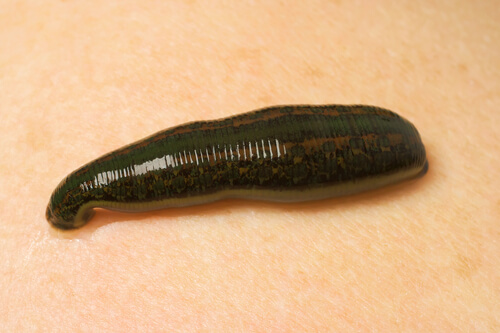
The annelid group is recognized by its tubular and elongated shape, which is composed of small rings that allow it to move. They’re usually quite abundant in the sea, but can also be found on land or in freshwater. In fact, there’s a great diversity of specimens, which is why they’re usually divided into 3 main types.
- Polychaetes: The bodies of these organisms are covered with a large number of hairs. In general, oligochaetes are almost exclusive to the marine environment, so they inhabit the seabed where they feed on sediment. Representatives of this group are the marine sandworm, the nerei and the giant tube worms.
- Hirudineans: Most of these invertebrates are found in freshwater areas, where they can feed on other species by parasitism or predation. The best known specimens are the hematophagous leeches.
- Oligochaetes: Their shape is somewhat similar to that of polychaetes, except that their body hairs are very small or absent. Among the best-known organisms we find the earthworm.
Nematodes
Nematodes are also known as roundworms or cylindrical worms, as their bodies are slightly more circular than those of other vermiform organisms. In general, the species of the group can be aquatic, terrestrial, or parasitic. They can also use plants and animals as hosts, so their diversity is enormous. Even so, two main subgroups can be recognized.
- Adenophorea: They don’t have fasmidia, which are sensory organs in the form of pouches with reproductive functions. However, they do have specialized amphidia, which are other sensory organs of the chemoreceptor type. Members of this group are mostly free-living and aquatic, but they also have parasitic species such as Trichuris trichiura.
- Scernentea: These specimens have both fasmidia and amphidia. Most of its members are parasites of animals or plants. Among the most representative organisms is Ascaris lumbricoides, which is the species that causes ascariasis in humans.
Cnidarians
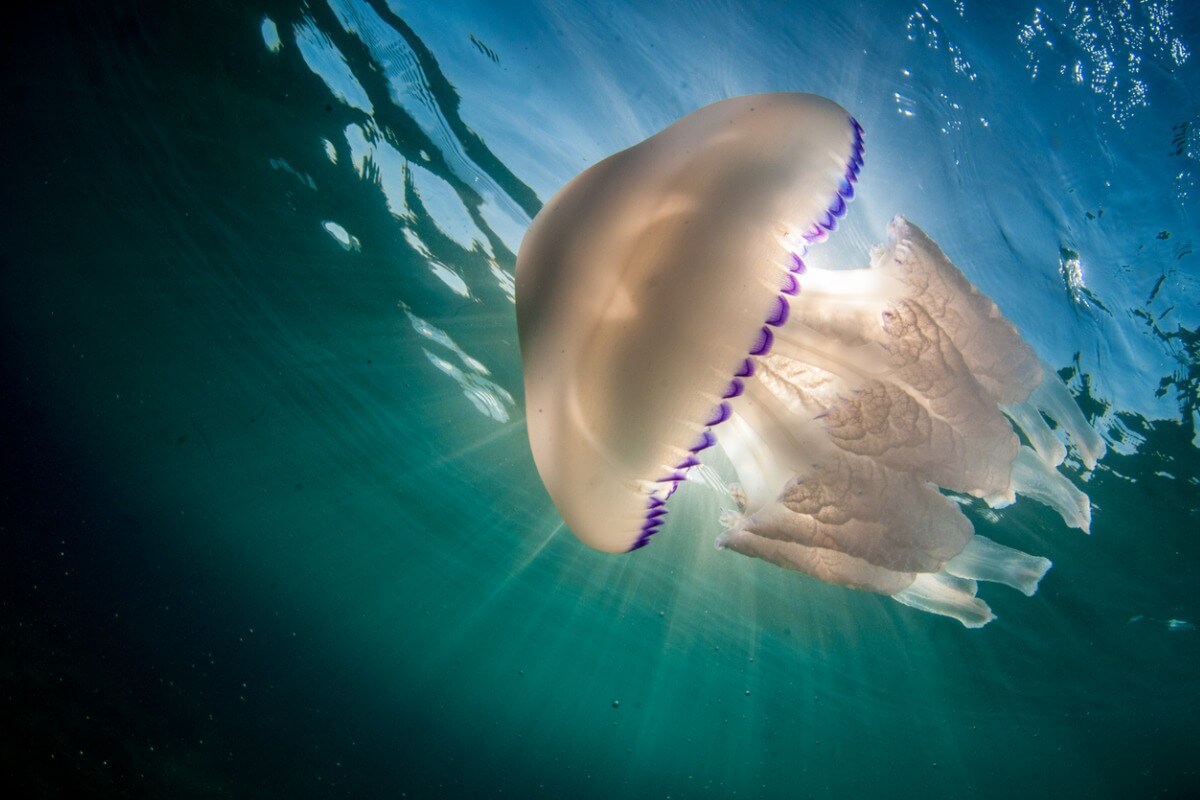
Cnidarians are “simple” invertebrates in appearance, but complex in their biology. The name of these organisms refers to the diagnostic feature of the group, which is the presence of stinging cells called cnidoblasts. These structures inject certain toxicants into their victim, which can be lethal. These animals are divided into 4 different types.
- Scyphozoa: Most of the species called jellyfish belong to this group, since this is the predominant form in the specimens. They’re usually elongated, umbrella-shaped individuals whose tentacles are directed downward. Some known representatives are the lion’s mane jellyfish and the inverted jellyfish.
- Anthozoans: The predominant phase of anthozoans is the polyp, which is usually cup-shaped and attached to the substrate with tentacles pointing upwards. The most recognized organisms in this group are anemones and corals, which can form colonies or microenvironments such as coral reefs.
- Hydrozoans: This group is made up of various marine and freshwater species. They’re usually found in the form of polyps, although they also have jellyfish forms such as scyphozoans. In addition, some organisms are colonial, so their jellyfish shape is a little different from the normal ones.
- Cubozoans: These are usually called square jellyfish, because the shape of their umbrella has 4 well-defined corners. Due to these 4 rod-like structures, the shape of the jellyfish looks similar to that of a cube. This group includes the jellyfish known as sea wasps.
Are these all invertebrates?
As you can see, the classification of invertebrates is quite long. However, the above examples belong to the best known organisms. For this reason, the incredible ctenophores or the curious placozoans have been left off the list for space reasons.
The number of organisms that make up the classification of invertebrates makes it difficult to talk about them all. In fact, even though much is known about them, it’s likely that even more species will be discovered in the future. This is because many places such as the seafloor, haven’t been fully explored, leaving the possibility that we may still encounter other incredible types of invertebrates.
All cited sources were thoroughly reviewed by our team to ensure their quality, reliability, currency, and validity. The bibliography of this article was considered reliable and of academic or scientific accuracy.
- Gofas, S., Salas, C., & Moreno, D. (2011). Moluscos marinos de Andalucía (Vol. 2). Málaga: Universidad de Málaga, Servicio de Publicaciones e Intercambio Científico.
- García, E. N. (2003). Moluscos continentales de México: dulceacuícolas. Revista de Biología Tropical, 51(3), 495-505.
- García-Prieto, L., Mendoza-Garfias, B., & Pérez-Ponce de León, G. (2014). Biodiversidad de Platyhelminthes parásitos en México. Revista mexicana de biodiversidad, 85, S164-S170.
- Martínez Sánchez, R., Domenech Cañete, I., Millán Marcelo, J. C., & Pino Santos, A. (2012). Fascioliasis, revisión clínico-epidemiológica y diagnóstico. Revista cubana de Higiene y Epidemiología, 50(1), 88-96.
- Brusca, R. C. & Brusca, G. J. 2005. Invertebrados. 2ª edición. 1005 págs. McGraw-Hill Interamericana de España, S. A. U., Madrid
